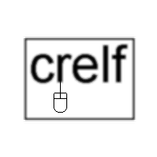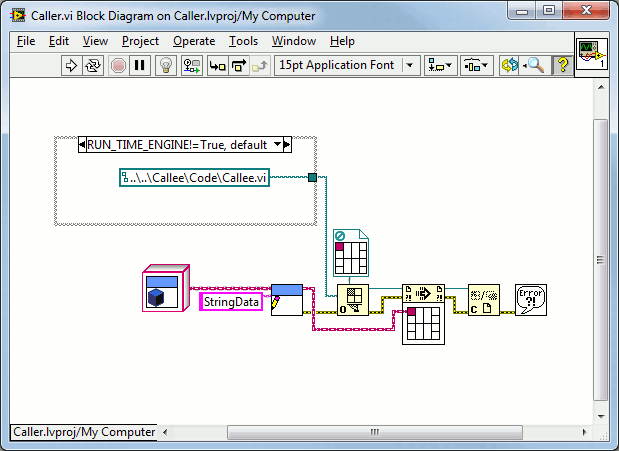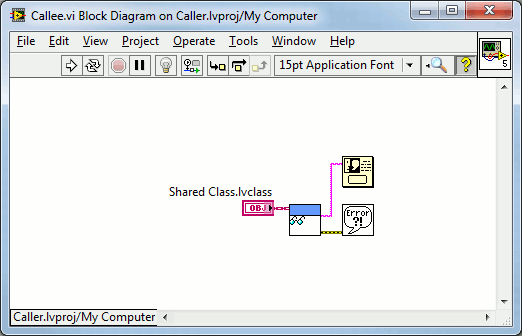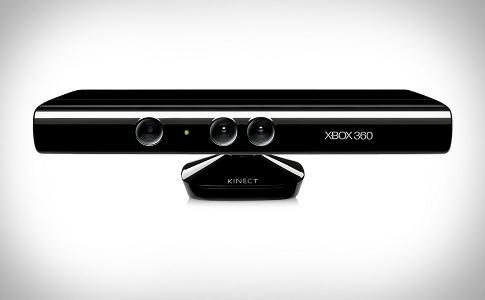I had a difficult time trying to decide which category to put this in - it's a tricky one, so here goes:
I've got a simple application: There's a "Caller" (a built application that the user opens) and a "Callee" VI on disk that the framework opens - nothing too difficult about that so far. The Caller has an object in it where I set some stuff, then I want to pass the object to the Callee through it's connector pane:
Then, when called, the Callee displays the stuff to the user:
When I run this in the development environment, it works fine. When I build it, it works fine too.
When I build the Caller application, if I include dependancies (read: subVIs) in the Caller and Callee that are the same (read: have the same name), calling the Callee from the built Caller won't work: it errors out with the Callee being "broken" (it's not really broken, there's just a namespace collision, so it refuses to load it). And I'm cool with that - the solution is to namespace the dependancies in the build, which is fine.
So "what's the problem?!?" I hear you ask!
All this worked great until I started trying to pass an object from the Caller to the Calle through the connector pane. (I think) Since the class is namespaced differently in the built Caller to the non-built Callee, I get
...which, as you can imagine, sucks. I totally understand why it's happeneing, and even agree that this is the way it should be, but that doesn't help me complete my application.
I want to pass an object between a namespaced-exe Caller and a VI Callee - I don't want to deconvolute the object's data to an intermediary (like a variant or string I guess) and rebuild it to a copy of the object on the other side (unless I really have to - but I can't think of a generic way to do it that I like right now). Does anyone have any bright ideas? Hopefully I'm missing something easy, right?
I've included an example below.
//Crossposted to NI Discussion Forums.
Passing Objects between name-spaced application instances.zip







